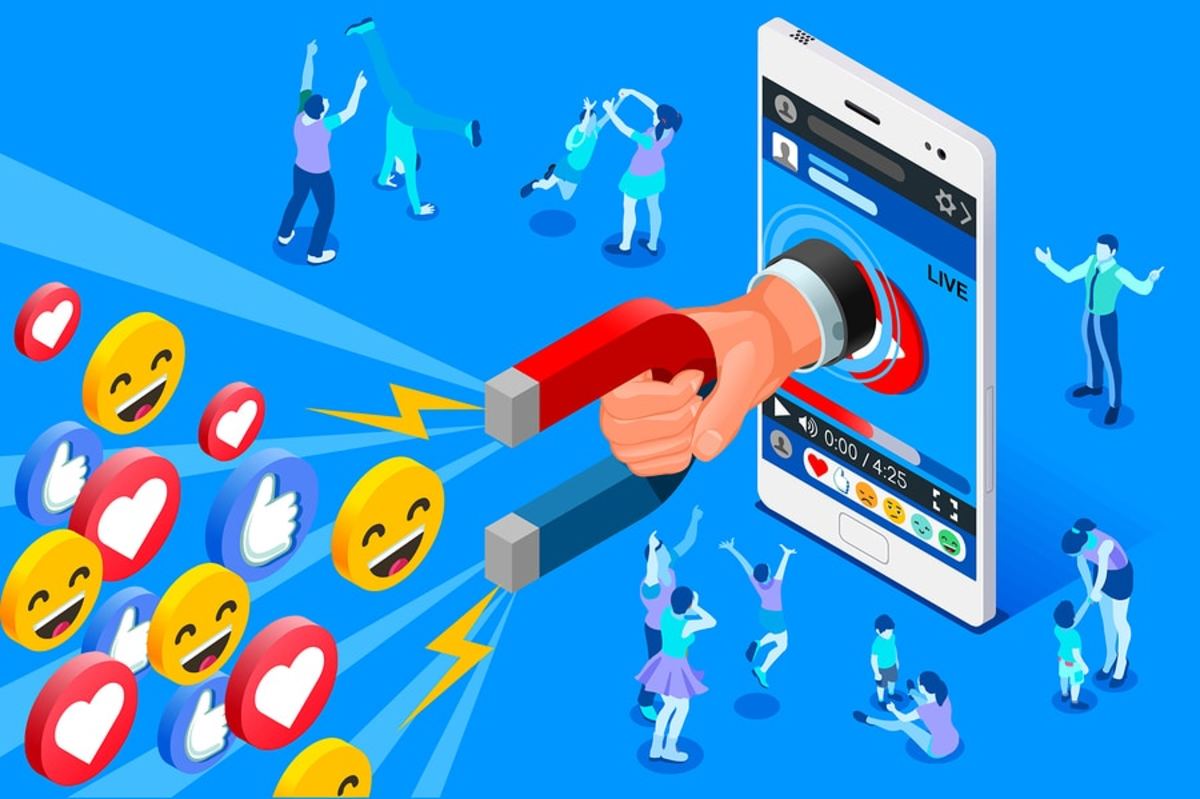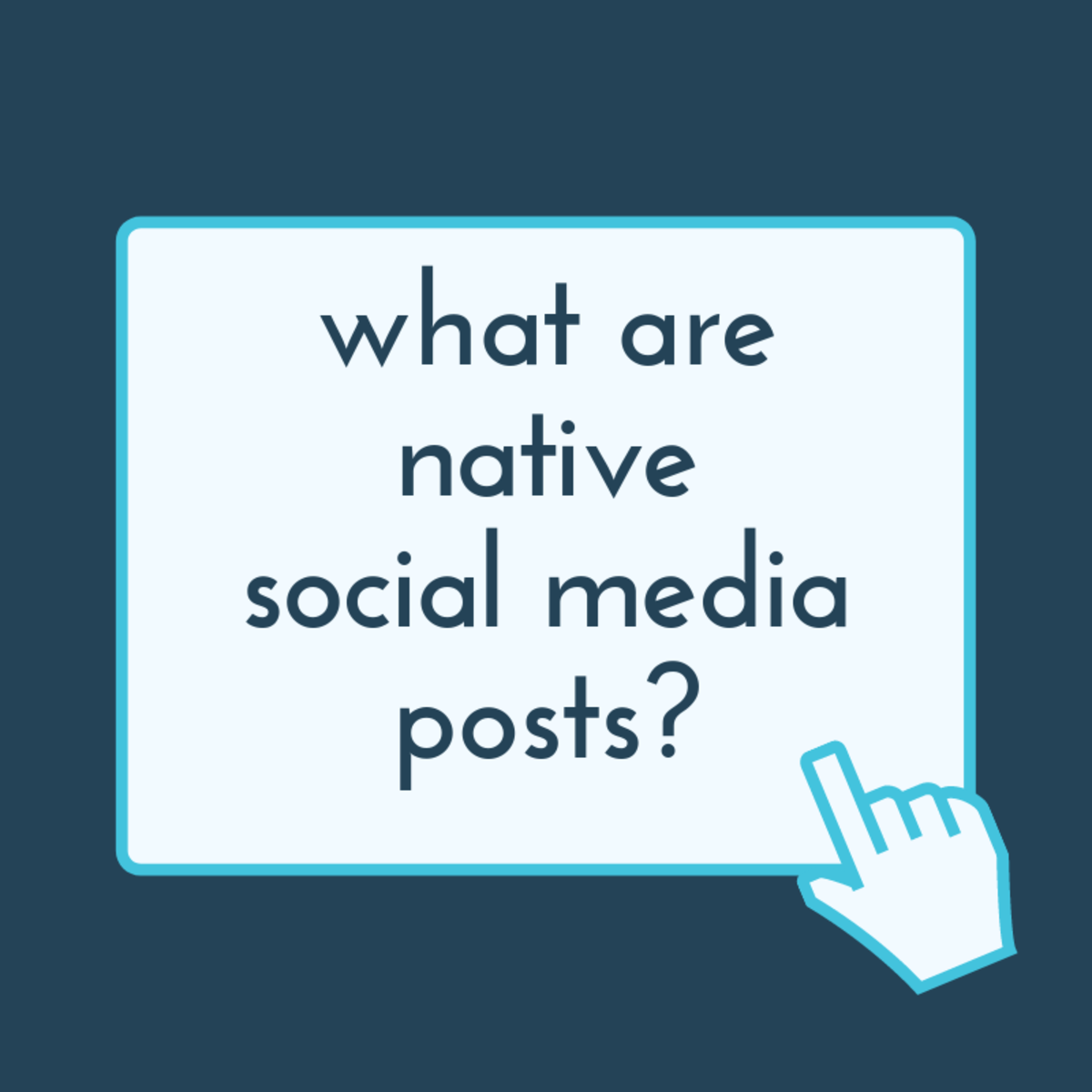Marketing Psychology for Small Business - 7 Steps to Success
The Psychology of Marketing Doesn't Change
Fundamental marketing theory was developed from psychology, and the human mind hasn't changed much in the last 50,000 years. Before we run after the newest social media or mobile marketing solution, let's make sure that we've got the basics in place.
In Marketing, the Customer Changes: We Don't
The most fundamental fact of marketing is easy to miss: It's all up to the customers. No matter what we do, finally, our success all comes down to the customer making a choice. If enough customers buy at a reasonable price, we succeed. Otherwise, we don't.
All marketing activities should be based on that one simple fact. We can't decide to buy our products or services ourselves. Each customer must decide.
Successful marketing is all about creating an environment that keeps the customer focused on the decision, and then guiding them through the steps of making that decision.
Human decision-making is part of the study of psychology. To help our customers choose to buy our products and services, we must understand how they decide what to do. Then we can encourage the purchase decision. The fundamental facts of human psychology are essential to all successful marketing - whether you use the Internet, social media, mobile marketing, or a billboard!
When my small business clients want a good marketing plan, they usually come in expecting to hear about SEO or selling on Facebook or Mobile Marketing. They're surprised when I tell them that that's not where to start. But then they get it - if you want customers, start with understanding the customer!
If you want customers, start with the customer, not the technology.
Customers Make the Decision to Buy
Customers make the decision to buy in seven steps. These steps cannot be skipped, and they cannot go out of order. Every successful sale is these seven steps occurring in order. Even the so-called "impulse decision" to buy actually is just all seven steps happening very rapidly.
Also, each of the seven steps is both emotional and logical. The seven steps are:
- Unaware. The prospective client does not know your product or service exists. Our job is to make them aware.
- Aware. The customer knows the name of our product or service, and has some sense of what it does. Our job is to get them interested.
- Interested. The customer makes a connection between some desire, or some problem to be solved, and our product or service. We help them learn more, and want to learn more.
- Comprehending. The customer is making the connection between his or her desire or need and our product or service. We help the customer understand.
- Evaluating. The customer has begun a decision process: Do I really want to solve my problem or meet my need? Will this product do it? Is it the best choice among available solutions? Is it worth the cost? We encourage the customer, keep him or her focused, and answer the customers questions.
- Convinced. Inwardly, the prospect has made the decision to buy. But there is one more step. We wait.
- Acting. The customer takes the step(s): buying the item and paying for it; moving through the shopping cart on the web site; signing the contract. We guide the closing process.
This seven-step process is everything each customer does every time a sales occurs. And when a prospect does not become a customer, and there is no sale, then that prospect went off in a different direction at some point in the seven steps.
If we can reach the right people (our target market) and guide them through the seven steps so that we close the deal, then we have a working marketing and sales process. The customers and money roll in!
Round the Bases

Two Simpler Models
Most businesses don't want to deal with seven-step processes. So they think in two simpler versions.
The Two Step Model: Marketing and Sales
In this model, marketing covers Steps 1 through 3, moving the client from Unaware to Interested. Sales starts with an interested prospective client and moves through steps 4 through 7, the close on the deal.
In a well-run organization, marketing professionals plan and do steps 1, 2, and 3 really well, and salespeople are well trained and get good support so that they can succeed in steps 4 through 7.
The Four Step Model
Robert Middleton, in his Infoguru Marketing System, which is one of the best tools available for small business and one-person business marketing for professional services, offers a four-step system. He compares it to baseball. I've slightly changed his model, as he talks about you (the business owner and salesperson) running the bases. As I see it, we're coaching our clients to run the bases.
- At bat to first base - getting the client interested - steps 1 to 3.
- First base to second base - the client moves from interested through comprehending, and he understands what you have to offer.
- Second base to third base - The client moves from comprehending to evaluating, and is ready to make his final decision.
- Third base to home run - Traditionally called the close, where the client makes the final decision to purchase and makes the purchase or signs the contract.
Note that the focus is on the client moving forward from one base to the next, until the client makes the right choice for himself or herself, which we hope will be a yes!
This four-step model is an excellent tool for creating a small business marketing plan and creating a successful marketing and sales system for your business. It is also very useful for training in sales skills. Many salesmen and women make the mistake of not identifying where the client is. They are using all the right techniques, but in the wrong order, and the sale fails! For example, suppose that a salesman is with a client, and the client is at Step 6, convinced. The right thing to do is wait, be silent, create a space the client can fall into. Asking a question like, "What do you want to do?" or "Do you prefer Option A or Option B?" and letting the client decide is the right action. But an inexperienced or anxious salesperson is likely to push things too fast, and say, "Sign here." In pushing to close (Acting, Step 7), the salesperson may trigger a reaction in the prospect who pulls back and says, "No, this just doesn't feel right." And the sale is lost.
If you want to turn marketing theory into great marketing, read Small Business Marketing Strategy: Do's and Don'ts.
Marketing and Sales - Internet and Social Media Methods
The two-step process of marketing and sales is obvious on the Internet. Internet marketing is what gets people to our website. Internet sales is the design of the web site that gets them to put items in the shopping cart and buy them.
Marketing, that is, bringing people to our website, includes:
- Organic SEO (Search Engine Optimization), that is, things we do on our site and off our site to get our web page on page 1 of Google for relevant search terms.
- Online advertising - paying for advertising - such as Google's Adwords and Pay-Per-Click to drive traffic to our site.
- General advertising - putting the name of our web site on everything from business cards to billboards.
Web site sales has everything to do with site design:
- Website concept
- Navigation - where do people come into the site (landing pages) and how do they move to the shopping cart and through it?
- Text
- Graphics
- Audio, music, and video
- Methods of customer contact: For example, for high-end or custom items, you may want customers to request a phone call, rather than close the deal on the website itself.
Marketing and sales for social media is much the same as marketing and sales on the Internet. Let's take a look at social media marketing next.
Social Media
Social media, such as Facebook, Twitter, and Pinterest, are tools for communication that can be used for marketing purposes. But we need to be very careful in how we do step 1, that is, how we make people aware of our existence and what we offer. People come to these locations to be social, not to have ads thrown in their face. When the phone rings, people expect to hear a friend, not a cold-call salesman. The same is true with tweets, Facebook posts, and Pinterest pictures. We can very quickly turn prospective customers into people who never want to hear from us again if we assume that social media are just like advertising billboards. We have to be social and give people what we want. We have to earn the right to let them know what we offer.
Once we do that, though, the social media process is very much like the Internet process. Through social media, we bring people to our website or Facebook page. At that point, the sales process begins, as above.
What about mobile media? Well, that's a whole different story!
Mobile Marketing
The seven fundamental steps of marketing and sales apply to Mobile Marketing, but in a very different way. Mobile means that our customers are on the move. We want to catch them as they fly by.
Imagine two people in a car. The driver says, "I'm hungry." The passenger pulls out her iPad or Android and gets to work. If you've done your mobile marketing well, then they see you and head for your restaurant to fill their bellies.
Let's say I have a restaurant, Sid's Mountain Pizza. If I set up good mobile marketing, anyone within five miles, or within 10 miles and on a highway, will see an ad that will make them say, "Wow! Sid's Mountain Pizza! That sounds different. You up for pizza, sweetie?"
"Sure, let's do it." And I've just made a sale - their iPad GPS function lands them in my parking lot.
Even when it goes this fast, all seven steps happened. The customers had a need - and didn't know I existed. They were at level 1) unaware. My mobile marketing presence got them: 2) Aware and 3) Interested by the time our co-pilot said, "Wow!" Seeing a photo of a pizza piled with a mountain of toppings got them to 4) Comprehending. "You up for pizza, sweetie" was step 5) Evaluating. "Sure, let's do it" was the sign of 6) Convinced. Following the GPS was the beginning of 7) Acting.
If I design my restaurant well, there's parking, an outdoor sitting area, and indoor dining, as well. The look and feel is rustic, to match the "Mountain Pizza" concept, and portions are generous (mountainous). And my whole advertising scheme - mobile and otherwise - should match that look and feel. That way, there is no barrier to completing the action: ordering a meal, enjoying it, paying for it, and leaving a big tip.
And then telling their friends!
Marketing - It's the Same Everywhere
As you can see, the fundamental process of marketing is the same on the Internet and in Mobile Marketing as it is for traditional brick & mortar marketing and advertising. It has to be, because it all comes down to the prospect deciding to buy and becoming a customer. The media may change, but the people don't.








